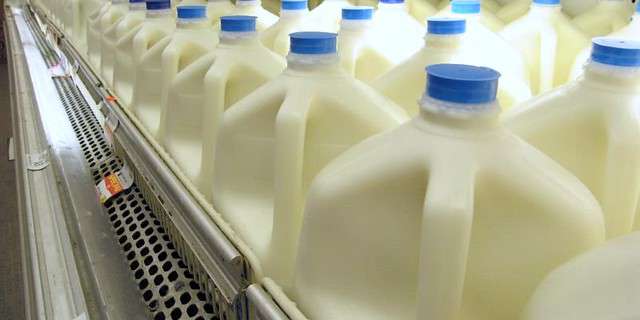
Food safety and quality depends of color technology to quickly and accurately analyze the properties of our foods. In the dairy industry, spectrophotometers provide a wealth of information needed to maintain both quality and safety standards. Image Source: Flickr user www.bluewaikiki.com
In today’s food industry, there is one tool that surpasses the rest when it comes to food analysis: spectrophotometers. Spectrophotometry uses advanced color technology to analyze various components of food products and can provide a wealth of information about the foods we buy, sell, and consume. With heightened awareness around the globe regarding the safety and quality of our food choices, color technology addresses both of these concerns with one safe and easy-to-use tool.
Color technology applications in the dairy industry
The dairy industry is one such field that uses advanced color technology to provide precise data about nearly every aspect of production and manufacturing. From protein, sugar, fat, and moisture content analysis to chemical composition and packaging, spectrophotometers can quantify color data using absorption and reflective values. All of these properties can be clearly identified using color technology, making spectrophotometry one of the most versatile tools in this industry.

Spectrophotometers can analyze the protein, sugar, fat, and moisture content of dairy products with one simple and easy to use tool, ensuring the safety and quality of all products. Image Source: Flickr user Elsie Hui
Not only are these tools highly adaptable to the various stages of dairy production, but color technology instrumentation also offers one of the only safe and non-destructive methods of analysis. These tools are not simply for laboratory use. The portable and durable design of today’s spectrophotometers allows for analysis throughout every stage of production without disturbing the integrity of food samples. Early on-line detection of even the slightest variations can alert quality control changes before they affect an entire batch. This process saves both time and money, and ensures quality and consistency in the final product.


